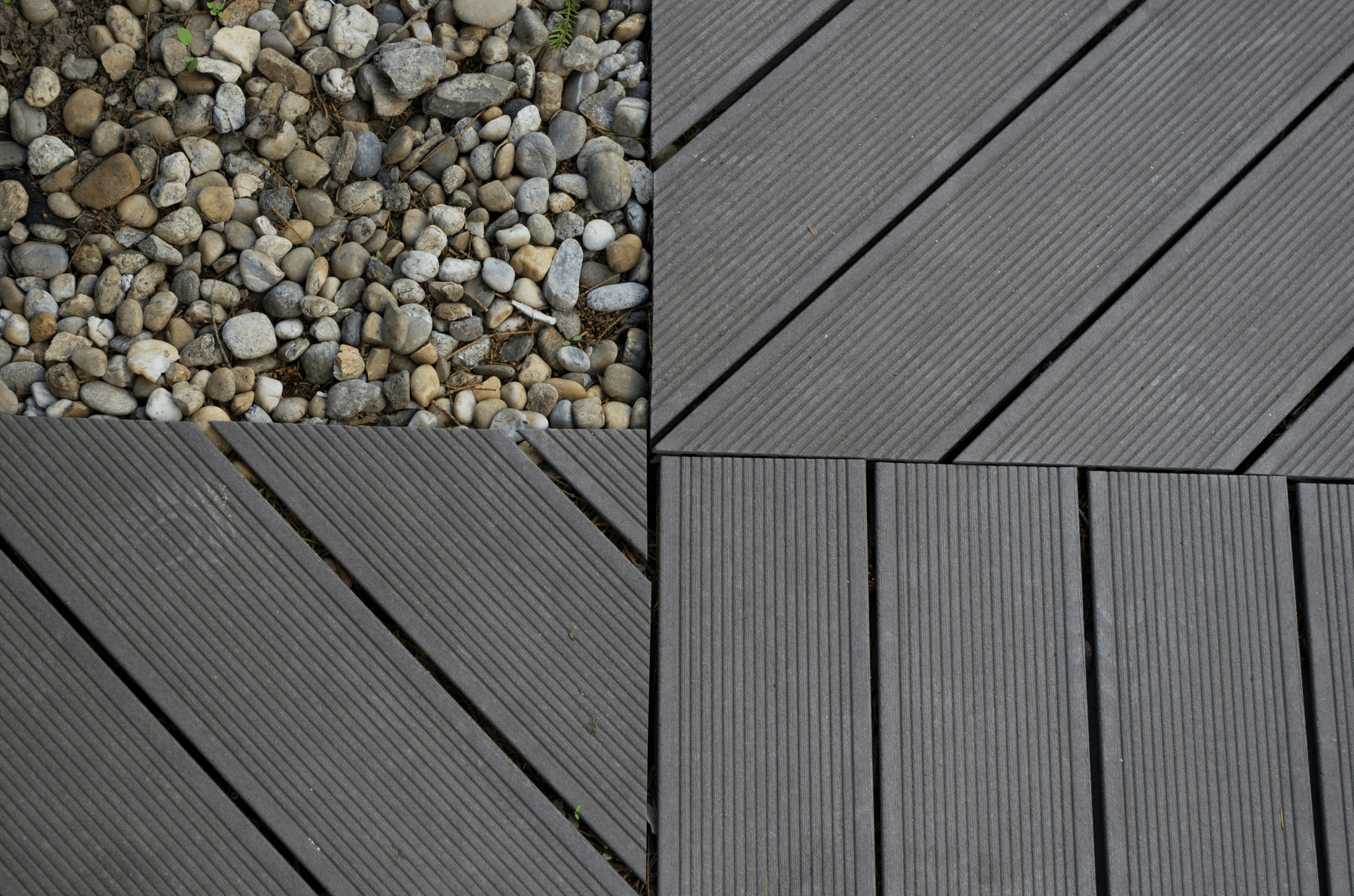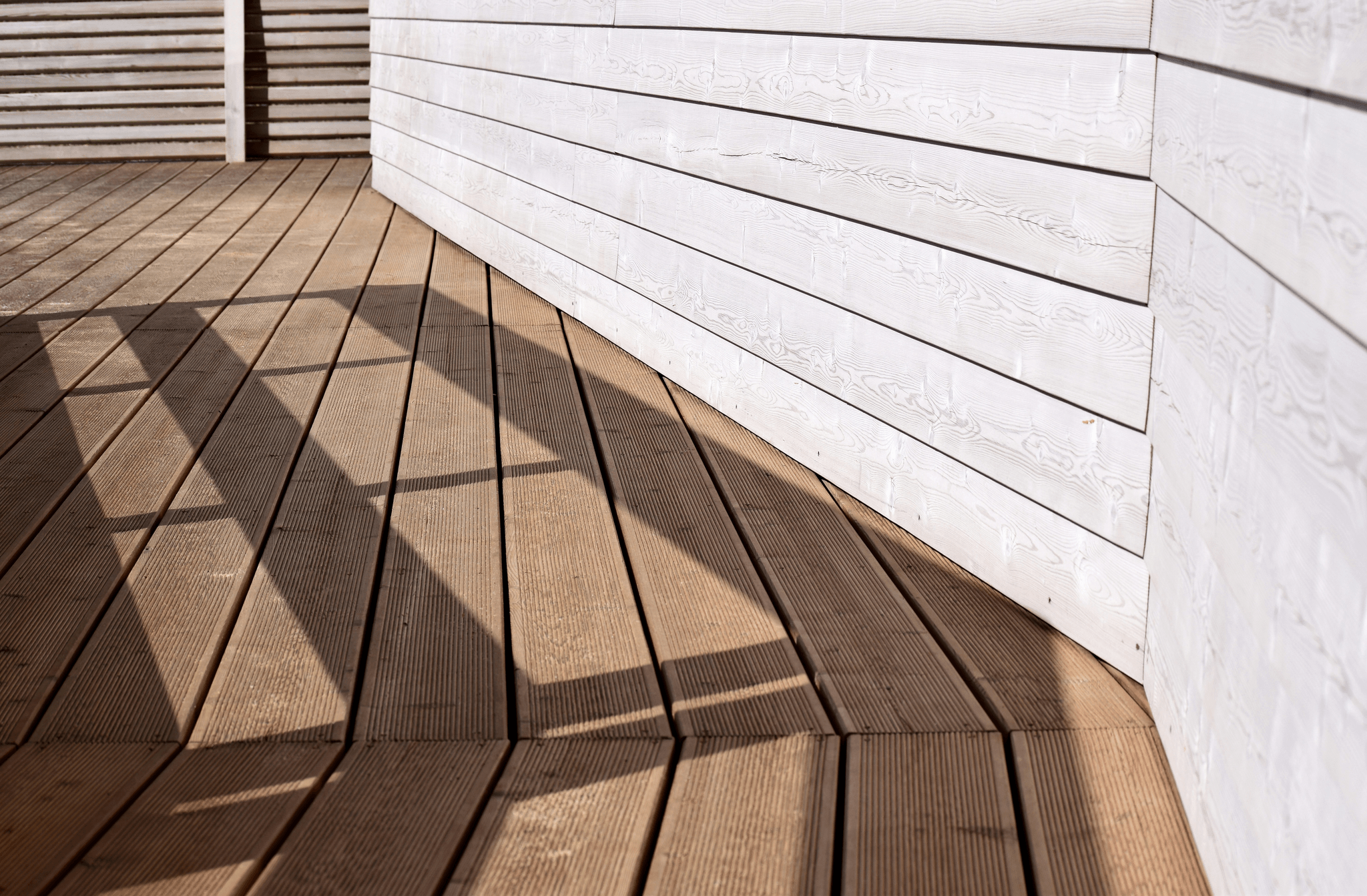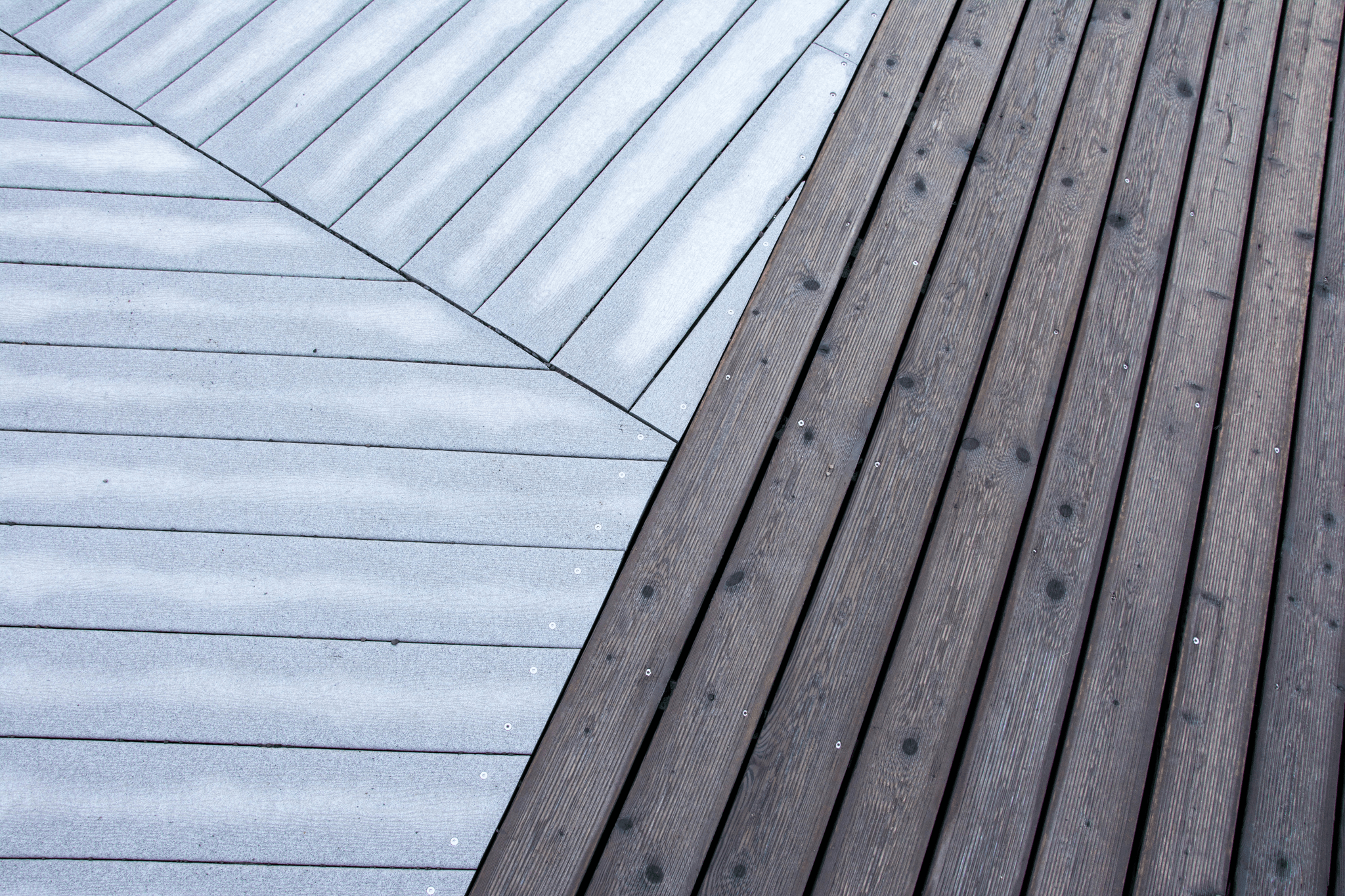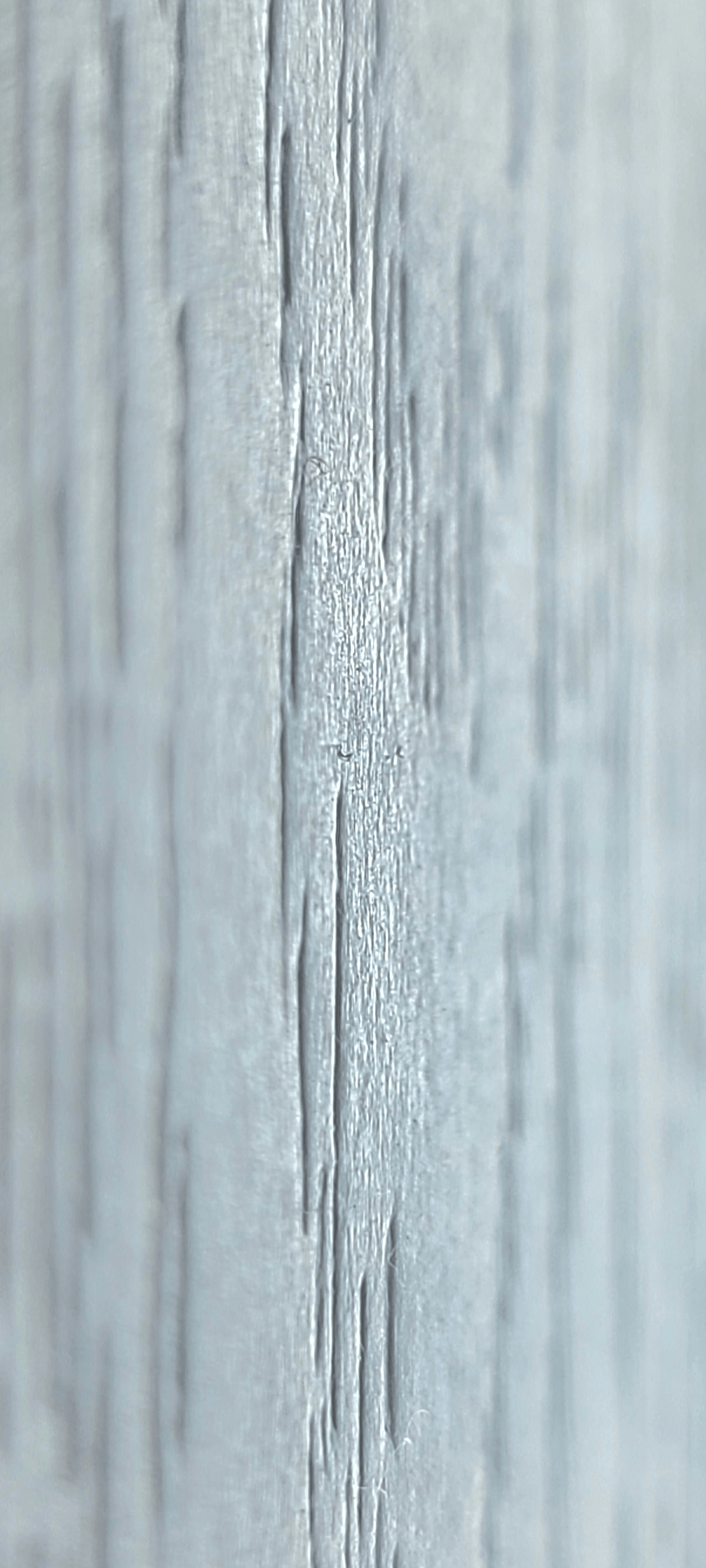Introduction

In the world of construction and home improvement, the term composite wood has gained significant traction. But what is wood composite, exactly? It refers to engineered materials made from a blend of wood fibers and plastic, designed to mimic the appearance and feel of traditional lumber while offering enhanced durability and functionality.
Understanding Composite Wood
Composite wood is not just a passing trend; it represents a shift in how we think about building materials. By combining various types of wood with synthetic components, manufacturers create products that deliver both aesthetic appeal and practical benefits. This innovative approach allows for the production of composite lumber decking that can withstand the elements better than its natural counterparts.
The Rise of Artificial Lumber
The emergence of artificial lumber has transformed outdoor living spaces across the globe. As homeowners seek durable solutions that require less maintenance, composite wood has surged in popularity among lumber companies looking to meet this demand. With its ability to resist rot, splintering, and warping, it's no wonder that many are turning to composite wood decking as their material of choice.
Key Benefits of Composite Materials
Choosing composite materials comes with a host of advantages that are hard to ignore. For starters, they offer exceptional durability paired with low maintenance requirements—no more sanding or staining every few years! Additionally, eco-friendly attributes make composite lumber an attractive option for environmentally conscious consumers who want to minimize their carbon footprint while enjoying beautiful outdoor spaces.
What Is Composite Wood?

Composite wood, often referred to as artificial lumber, is a man-made material designed to mimic the appearance and functionality of natural wood while providing enhanced durability and resistance. Unlike traditional lumber, which is sourced directly from trees, composite wood combines various materials to create a product that is both versatile and sustainable. This innovative approach has led to the rise of composite lumber decking, allowing homeowners and builders to enjoy the beauty of wood without many of its drawbacks.
Defining Wood Composite
So, what is wood composite? At its core, it’s a blend of different materials that may include recycled wood fibers, plastic resins, and sometimes even additives for color or protection. This combination results in a product that not only looks like traditional wood but also offers improved performance against weathering and pests—something that has made it a favorite among lumber companies looking to meet modern demands for sustainability.
Common Materials Used
When discussing the types of materials used in composite wood production, you’ll often find a mix of reclaimed wood fibers and high-density polyethylene (HDPE) or polyvinyl chloride (PVC). These components work together to create a strong bond that enhances durability while maintaining an appealing aesthetic for applications like composite decking. Additionally, some manufacturers incorporate additives such as UV inhibitors or colorants to improve the longevity and visual appeal of their composite lumber products.
How It's Made
The manufacturing process for composite wood involves several steps designed to ensure quality and consistency in the final product. First, raw materials are collected—this can include recycled plastics and leftover sawdust from lumber companies—which are then cleaned and processed into usable forms. Next comes mixing these components with heat and pressure applied in molds to shape them into boards or planks; this step creates the strong bonds necessary for long-lasting performance in applications such as composite wood decking.
Types of Composite Wood Products

Composite Lumber Options
Composite lumber is designed to mimic traditional wood while offering enhanced durability and resistance. The most popular types include composite decking boards, railing systems, and fencing materials made from a blend of recycled plastics and wood fibers. These options are available in various colors and textures, allowing homeowners to find the perfect match for their outdoor aesthetic while benefiting from what is wood composite's unique properties.
Popular Composite Decking Brands
Several leading lumber companies have entered the market with innovative offerings in composite wood decking. Brands like Trex, TimberTech, and Fiberon have established themselves as household names due to their high-quality products that promise longevity and low maintenance. Each brand boasts its own unique features—such as enhanced fade resistance or eco-friendly materials—making it essential to compare these options when considering artificial lumber for your next project.
Differences Among Composite Materials
Not all composite materials are created equal; they vary significantly in composition, durability, and performance characteristics. Some products utilize a higher percentage of recycled materials than others, impacting both environmental sustainability and cost-effectiveness over time. Additionally, differences in manufacturing processes can lead to variations in texture and color retention among different types of wood composites—so it's wise to research thoroughly before committing.
Pros of Using Composite Wood

Composite wood has gained popularity for a variety of reasons, making it a favorite among homeowners and builders alike. Its unique blend of materials creates a product that offers numerous advantages over traditional wood. In this section, we’ll explore the key benefits of composite lumber, including its durability, resistance to environmental factors, and eco-friendly attributes.
Durability and Low Maintenance
One of the standout features of composite wood is its exceptional durability compared to traditional types of wood. Unlike natural lumber, which can warp, splinter, or rot over time due to exposure to the elements, composite lumber decking is engineered to withstand harsh weather conditions without losing its integrity. This means less time spent on maintenance tasks like sanding or sealing—allowing you more time to enjoy your outdoor space.
Additionally, many lumber companies have developed advanced formulations for their composite products that enhance their longevity even further. With various protective coatings and additives in play, these materials can resist fading and discoloration from UV rays better than their wooden counterparts. In essence, investing in composite wood means investing in a long-lasting solution that requires minimal upkeep.
Resistance to Moisture and Pests
Another major advantage of using composite wood is its impressive resistance to moisture and pests—a common nemesis for traditional lumber. What is wood composite? Essentially, it's made from a combination of recycled materials and polymers that create an impenetrable barrier against water damage. This means you won’t have to worry about mold growth or structural compromise due to damp conditions.
Moreover, many types of wood are susceptible to infestations by termites or other pests; however, composite materials are generally unattractive to these unwanted visitors. As a result, homeowners can rest easy knowing their investment in composite wood decking will remain intact without the threat posed by insects or moisture-related issues. This resilience makes composite lumber an appealing option for decks and outdoor structures exposed to various environmental challenges.
Eco-Friendly Attributes
In today’s environmentally conscious world, choosing sustainable building materials has become increasingly important—and that's where artificial lumber shines bright! Many people wonder what is wood composite beyond just being an alternative; it’s also often made from recycled content such as plastic bags and reclaimed timber fibers. By opting for this type of material instead of virgin timber sourced from forests, consumers can help reduce deforestation while still achieving beautiful outdoor spaces.
Furthermore, since many leading lumber companies prioritize sustainability in their manufacturing processes, purchasing composite products often supports eco-friendly practices within the industry as well. The production process typically generates fewer emissions than traditional woodworking methods too—making it an attractive choice for those looking to minimize their carbon footprint while enhancing their homes with stylish features like durable decks or patios created from high-quality composite materials.
Cons of Composite Wood

While composite wood offers numerous advantages, it’s crucial to consider some potential drawbacks before diving into the world of artificial lumber. Understanding these cons can help homeowners and builders make informed choices about whether composite wood decking is right for their projects. Let’s delve into some key concerns associated with composite materials.
Initial Cost Considerations
One of the most significant downsides of composite lumber is its initial price tag. When comparing the costs of traditional wood and composite wood, many find that artificial lumber can be substantially more expensive upfront. However, it’s essential to weigh this against the long-term benefits, as lower maintenance costs may offset that initial investment in composite lumber decking over time.
Potential for Fading
Another concern with using composite wood is its tendency to fade over time, especially when exposed to harsh sunlight or extreme weather conditions. While many manufacturers have developed fade-resistant options, it's still something to keep in mind when selecting types of wood for your outdoor spaces. Regular cleaning and maintenance can help mitigate fading but may add to those pesky upkeep costs associated with composite wood decking.
Environmental Impact of Production
Despite being marketed as eco-friendly, the production process for composite materials does carry an environmental footprint that deserves attention. The manufacturing of what is wood composite often involves energy-intensive processes and synthetic additives that can raise eyebrows among environmentally conscious consumers. It’s worth considering how different lumber companies approach sustainability if you’re aiming for a greener choice in your building materials.
Comparing Composite Lumber to Traditional Wood

Performance Differences
Performance is where composite wood truly shines compared to traditional options. For instance, while types of wood like cedar or pine may require regular maintenance—think sanding, staining, and sealing—composite lumber decking often needs little more than an occasional wash with soap and water. Additionally, composite materials resist moisture and pests much better than their natural counterparts; this means no warping or splintering over time and a longer lifespan overall.
Cost-Effectiveness Over Time
While the initial cost of composite wood can be higher than that of traditional lumber from many lumber companies, it's essential to consider long-term savings. The durability of composite wood decking translates into fewer repairs or replacements over its lifetime compared to conventional types of wood that may succumb to rot or insect damage sooner than you'd like. In short, while you might pay more upfront for artificial lumber, the reduced maintenance costs make it a financially savvy choice in the long run.
Aesthetics and Design Flexibility
Aesthetically speaking, both composite lumber and traditional wood have their merits; however, artificial lumber offers unique advantages in design flexibility. Composite wood can be manufactured in a variety of colors and textures that mimic real wood without sacrificing durability or performance—perfect for those who want a stylish outdoor space without constant upkeep! Moreover, many brands offer customizable options that allow homeowners to create unique looks tailored specifically to their tastes; this versatility is something traditional types of wood simply can't compete with.
Conclusion

In wrapping up our exploration of composite wood, it's clear that understanding what is wood composite can significantly influence your building and renovation decisions. The rise of artificial lumber has opened up a world of possibilities, transforming how we think about traditional materials. With the right knowledge, you can make informed choices that benefit both your project and the environment.
Making an Informed Decision
When considering composite lumber decking for your next project, weigh the pros and cons carefully. While its durability and low maintenance are appealing, initial cost considerations may give some pause. However, over time, the longevity of composite wood often offsets those upfront costs, making it a smart investment in many cases.
Where to Purchase Composite Materials
Finding quality composite wood products doesn't have to be daunting; several reputable lumber companies specialize in these materials. Whether you’re looking for specific types of wood or want to explore various options in composite wood decking, local suppliers often have knowledgeable staff ready to assist you. Online retailers also provide a convenient way to compare prices and product specifications from the comfort of your home.
Composite Decking Inc: A Reliable Option
If you're seeking a trustworthy source for composite lumber, look no further than Composite Decking Inc. Known for their high-quality products and excellent customer service, they offer a range of options suited for any project—big or small. With their expertise in artificial lumber solutions and commitment to sustainability, choosing Composite Decking Inc means you're getting both quality and peace of mind.
